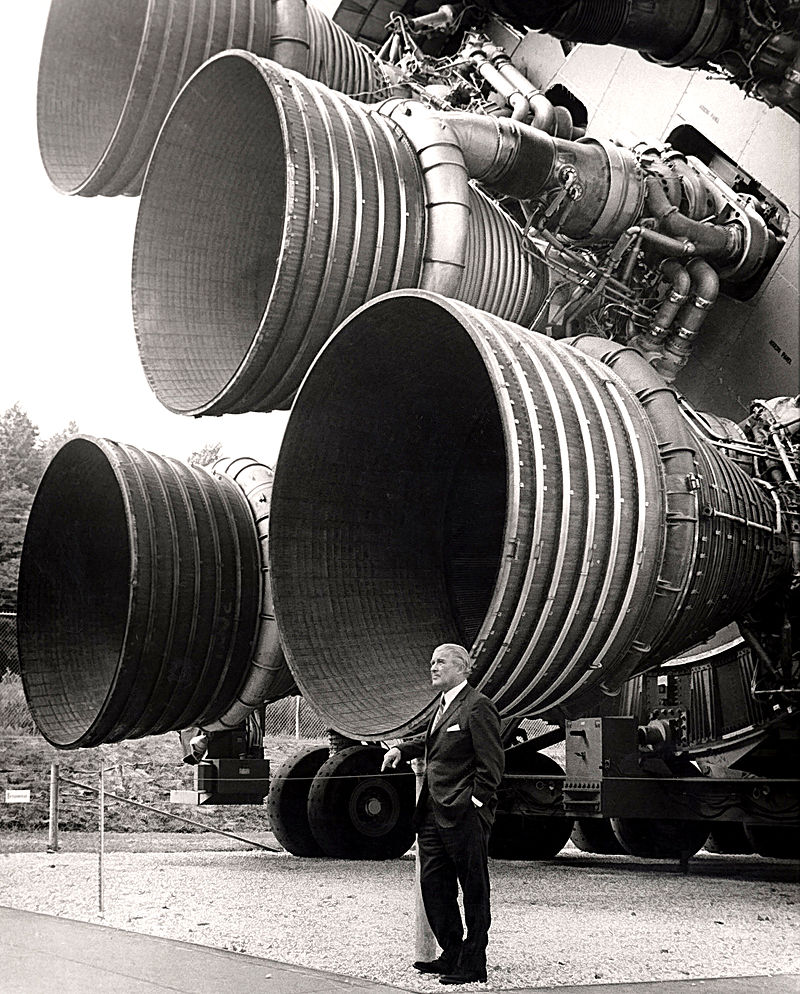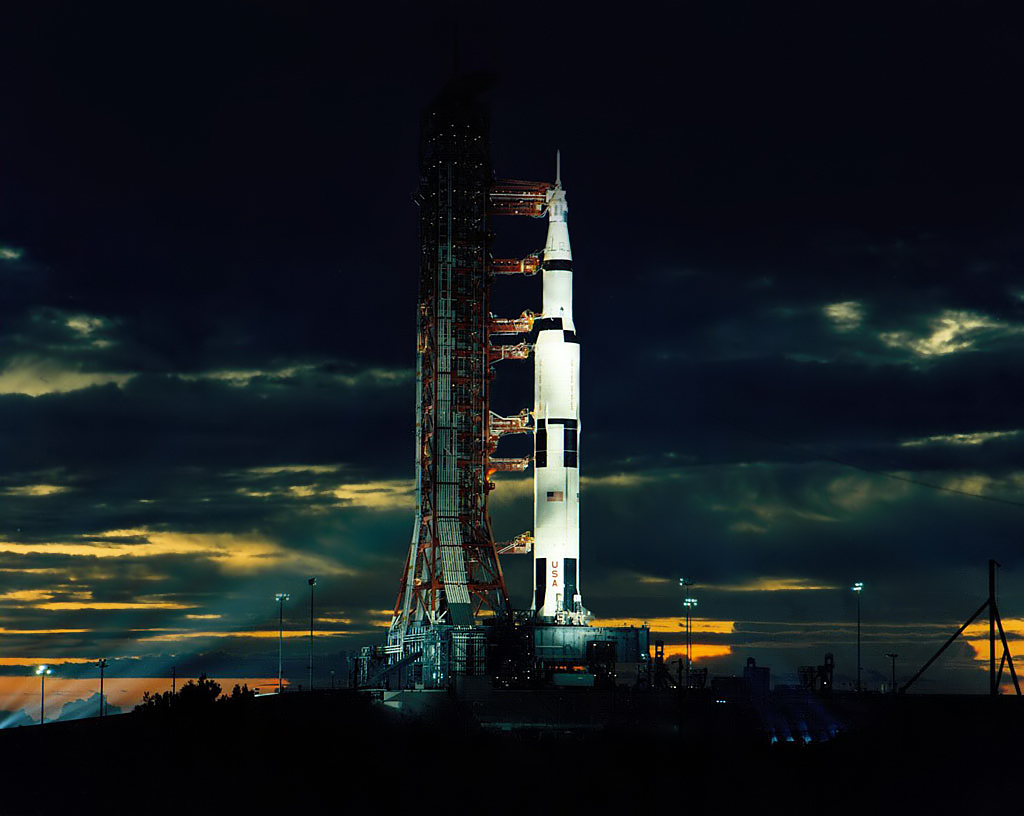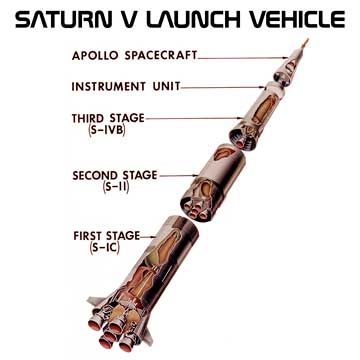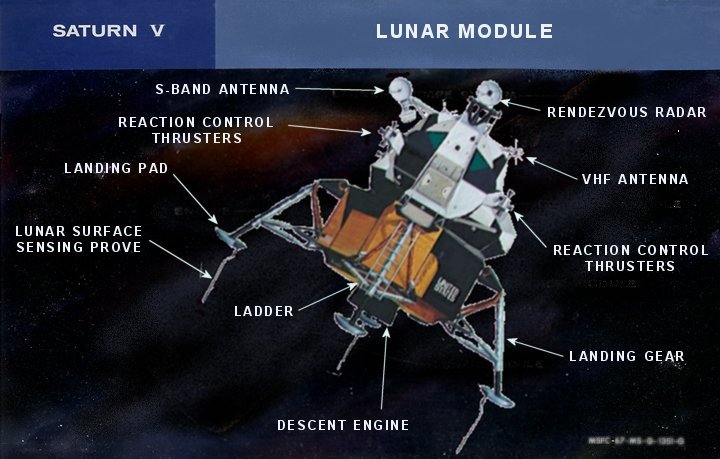Von
Braun, NASA, and the Saturn Series

Von Braun posing
with the Stage I F-5 Rocket
Boosters
Source:Source:
http://commons.wikimedia.org/wiki/File:S-IC_engines_and_Von_Braun.jpg
Following Von Braun’s surrender to U.S. forces
in May 1945, he was heavily interrogated by
British and U.S. intelligence. Von
Braun was taken to the United States with other
important German scientists under the program
Operation Paperclip. He was
put to work by the U.S. army to develop
intermediate range missiles. His
first responsibility was to educate U.S.
military personnel and aeronautical engineers on
rocket theory.
Like he had done in Germany (often to the
annoyance of his militaristic superiors), Von
Braun continued to assert his dreams of space
travel in publications and private discussions
with his colleagues, and as government
authorities took note of the Soviet Union’s
rising space program, Von Braun became the
leading rocket architect of what would evolve
into NASA.
NASA was officially established 1 year after the
USSR’s successful launch of Sputnik 1. Von
Braun played a key role in the Mercury Project,
which produced the first American spacecraft to
put men in orbit.

Saturn V at Launch
Pad
Source:
http://imgkid.com/saturn-v-rocket-launch-pad.shtml
Von Braun’s greatest achievement at NASA, and
arguable as a whole, was his contribution to the
Saturn Project, which ultimately developed the
Saturn V. Saturn
V was the first and, to this day, only
spacecraft that has achieved lunar contact. To
date, the Saturn V remains the most capable
launch system ever put into operation in terms
of range and payload capacity. It is
the only vehicle in human history to have
allowed man to travel beyond the Earth’s orbit. Aside
from the Apollo missions, it is also the system
that was utilized to launch NASA’s Skylab. Its
design follows the same concepts of what Von
Braun called his Aggregate series, making it a
descendant of the same infamous V-2 that rained
hell on Londoners in the ‘40s.
Components/Stages of the Saturn V:
 Stage Sequence of the Saturn V
Source: Pixgood.com
Stage Sequence of the Saturn V
Source: Pixgood.com
Stage I:
The bottom, largest thrusters on the overall
system composed the Stage I module, comprising 5
F-1 rocket engines and large liquid oxygen and
kerosene fuel tanks. Together,
the F-1’s produced 7.5 million pounds of thrust
from lift-off until the system reached an
altitude of 42 miles. Then
the F-1’s would shut off and the Stage I module
would separate and fall into the Atlantic Ocean.
Stage II:
The Stage II system consisted of 5 smaller J-2
rocket engines and liquid oxygen and liquid
hydrogen fuel tanks. It was
separated from the Stage I by a cylindrical ring
that broke off during Stage I’s separation. The
J-2 rockets would ignite about 30 seconds after
Stage I, and would continue for another roughly
six minutes.
Stage III:
The Stage III system consisted of 1 J-2 rocket
engine. It would be ignited to separate from
Stage II and would run for two and a half
minutes before shutting down. By
this spacecraft had reached an altitude of about
119 miles.
The spacecraft would orbit the Earth for
a full revolution and then the J-2 would be
ignited for a second time to propel the
spacecraft to the moon. 4 hours into the
mission, the Stage III would separate and become
space junk, leaving just the lunar module and
the Apollo spacecraft.
Lunar Module and Apollo Spacecraft:
 The Lunar Module
The Lunar Module
Source: http://nix.nasa.gov/
The Lunar Module consisted of a Dome-shaped
Apparatus called the Ascent stage and landing
gear called the descent stage. It was
attached to the tip of the Apollo spacecraft and
would transport astronauts to the Moon. On
lunar departure, the landing gear would be left
behind and the Ascent stage would launch towards
the Apollo Spacecraft. Once the Ascent stage
returned astronauts to the Apollo, it would be
discarded and the Apollo would rocket back to
Earth.



